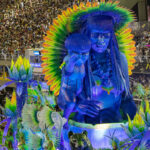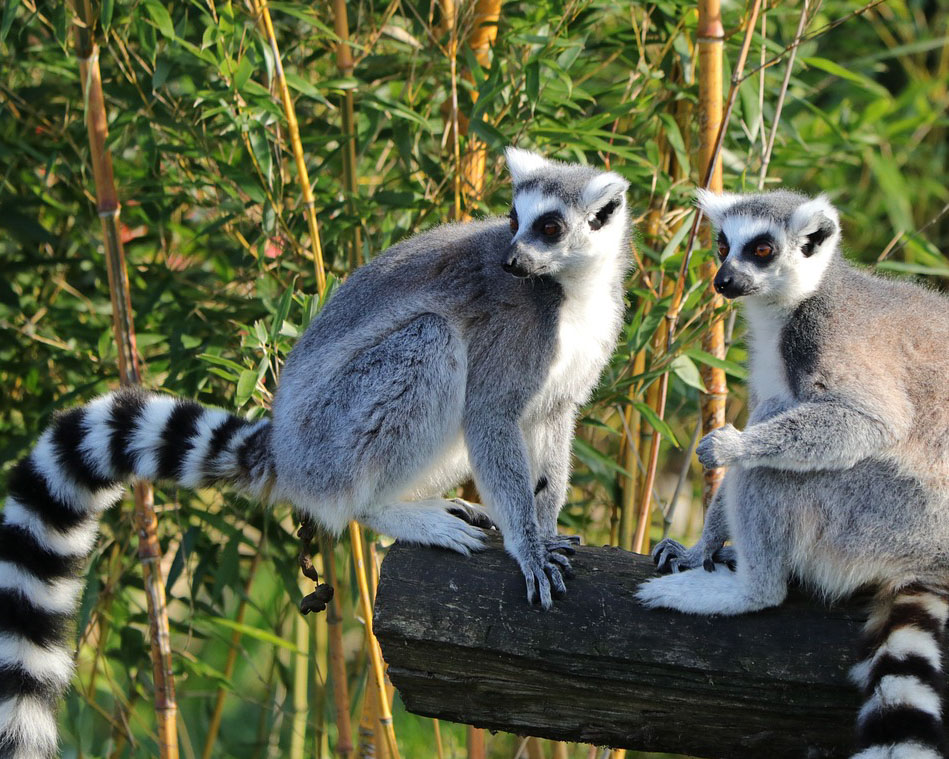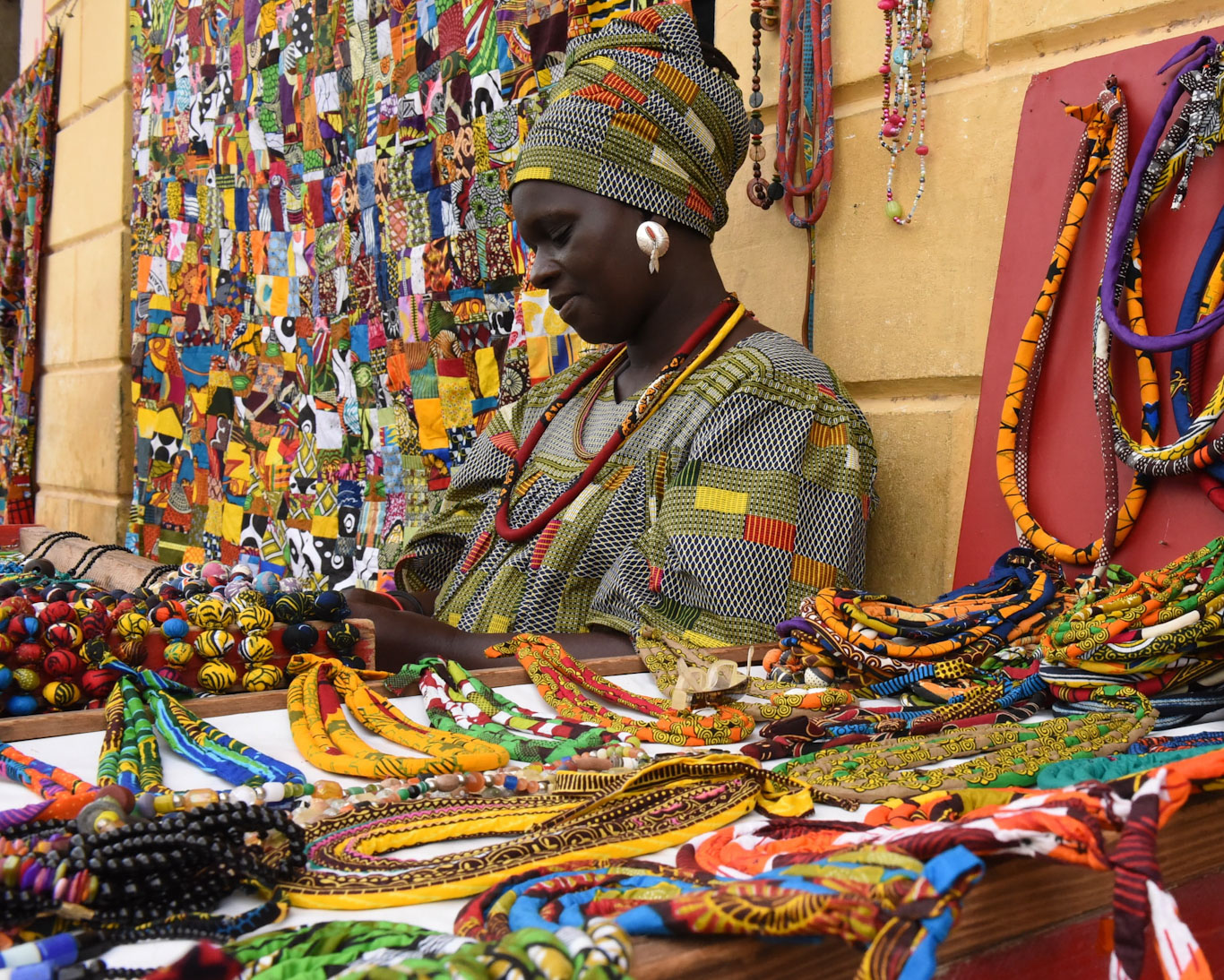Madagascar wildlife is the result of millions of years of evolution and isolation, a treasure of biodiversity that deserves our respect.
Off the coast of Africa, in the Indian Ocean, sits a sizable island called Madagascar. It is renowned for having diverse and distinctive species that has spent millions of years evolving alone. We will look at some of the beautiful creatures and plants that are unique to Madagascar in this blog article, along with the reasons why they need our protection.
Lemurs: The Stars of Madagascar
A group of primates known as lemurs is unique to Madagascar. With more than 100 species and subspecies, they are the most varied and charismatic of Madagascar’s animals. The smallest of them are the 30 gram mouse lemurs, while the largest are the 9.5 kilogram indri. They have various adaptations for various environments, including mountains, dry woods, prickly forests, and rainforests. Some of them are nocturnal, while others are active throughout the day. While some of them are solitary or monogamous, others dwell in vast social groupings.
Lemurs exhibit a variety of unique habits, including:
- The ring-tailed lemur, together with the zebu (a kind of cow), is the national animal of Madagascar. It has a long, striped tail that it utilizes for balance and communication.
- The aye-aye, which is regarded as the biggest nocturnal primate in the world, has an extended middle finger that it uses to tap on tree trunks and pry insects out of the ground.
- The sifaka, commonly referred to as the dancing lemur, has an elegant method of traveling over the ground by hopping side to side on its hind legs.
- One of the most endangered lemur species, the red ruffed lemur, communicates with its fellow members via a loud and intricate vocal repertoire.
Lemurs are crucial for Madagascar’s environment because they spread seeds and pollinate flowers. However, habitat degradation, poaching, and climate change are all threats to them. More than 90% of lemur species are deemed uncommon, vulnerable, or endangered by Conservation International.
Reptiles and Amphibians: The Masters of Camouflage
More than 260 species of reptiles and at least 266 species of amphibians, the majority of which are indigenous, may be found in Madagascar. These consist of salamanders, frogs, crocodiles, snakes, turtles, chameleons, and geckos. Many of them have incredible talents to alter their color or blend in with their environment.
Examples include:
- The panther chameleon is able to alter its color in response to mood, temperature, or surroundings. In order to grab prey, it can also autonomously spin its eyes and project its tongue.
- The gecko known as the “leaf-tailed” has a flat body and a leaf-like tail. To match the bark or leaves it is resting on, it may also alter the texture and color of its skin.
- The tomato frog’s vivid red hue alerts potential predators to its toxicity. Additionally, it has the ability to release a sticky material from its skin that might irritate an attacker’s lips and eyes.
- The bizarre-looking satanic leaf-tailed gecko has an appearance that resembles a dead leaf. It may coil up to resemble a dried leaf and has veins and notches on its body and tail.
Because they regulate bug populations and provide food for other species, reptiles and amphibians are also essential for maintaining the harmony of nature in Madagascar. However, they are also in danger from diseases, invading species, illicit trading, and habitat degradation. Many of them have narrow distribution areas and have received less research.
Birds: The Feathered Jewels
More than 300 bird species, including indigenous members of four groups and 42 genera, may be found on Madagascar. Vangas, couas, mesites, and asities are a few of them. They come in a variety of sizes, colors, shapes, and lifestyles. While some of them are widespread and adaptable, others are confined to certain areas or environments.
Examples include:
- The jungle is home to the blue coua, a big and vibrant cuckoo. It has a long tail and vivid blue feathers. It consumes fruits, insects, and tiny vertebrates for food.
- A specialist insectivore that dwells in the dry forest is the sickle-billed vanga. It can search nooks and holes for food using its long, bent beak.
- The spiny woodland is home to the subdesert mesite, a rare and secretive bird. It has a long neck and brown and white feathers. It hunts for seeds and insects on the ground.
- The iridescent and tiny velvet asity inhabits the highland forest. Its black feathers reflect green and purple light. It eats fruits and nectar.
Because they pollinate flowers, spread seeds, and control pests, birds are also crucial to Madagascar’s ecosystems. However, habitat degradation, poaching, and new predators are all putting them in risk. Some of them are confined to solitary woodland regions and have very limited populations.
Plants: The Green Gold
More than 12,000 plant species, 80% of which are indigenous, may be found on Madagascar. These include carnivorous plants, aloes, palms, baobabs, orchids, and palms. From wet rainforests to dry deserts, they have adapted to a variety of soil types and temperatures.
Some examples are:
- The enormous baobab tree, which has a lifespan of hundreds of years. It has roots-like branches and a big trunk that holds water. It yields edible fruits that are high in vitamin C as well as huge white blooms that bloom at night.
- The ravenala, often called the fan palm or the traveler’s palm. It has a protracted stem on which are located broad, fan-shaped leaves that may catch rainfall. Lemurs spread the blue seeds that are also produced by this plant.
- One of Madagascar’s most beautiful and varied plant groups is the orchids. It includes around 900 different species, many of which are plants that grow as epiphytes on other plants. They feature intricate designs and vibrant colors that attract pollinators.
- The carnivorous pitcher plant, which has modified leaves that catch insects. In Madagascar, there are more than 80 different species of it, some of which may reach a height of up to 40 cm. Their prey is broken down by the digestive enzymes they release.
Because they supply food, shelter, medicine, and materials, plants are also essential for the survival of Madagascar’s animals and human population. Deforestation, fire, overexploitation, and climate change are further threats to them. Some of them haven’t been well investigated or characterized, and many of them are uncommon and endangered.
Why Madagascar Wildlife Matters
The biodiversity-rich fauna of Madagascar merits our appreciation and respect. It is the end product of millions of years of isolation and development, and it is the world’s one-of-a-kind and priceless legacy. Additionally, it helps millions of Malagasy people, whose existence depends on nature, maintain their way of life and overall wellbeing.
But since so many of its natural habitats have been damaged or destroyed by human activity, Madagascar ‘s wildlife likewise faces several difficulties and dangers. A lot of species are in danger of becoming extinct, while others are declining. We risk permanently losing this priceless heritage if we do not take action immediately.
As a result, we must act quickly and decisively to safeguard and conserve Madagascar’s biodiversity. People need to be made aware of its significance and importance, and we need to educate them about it. Local communities and organizations who strive for its preservation and restoration require our assistance. Promoting commerce and tourism that respects and benefits both people and the environment is important. To come up with answers and alternatives that strike a balance between development and conservation, we must work together and cooperate.
The fauna of Madagascar is a source of optimism and inspiration in addition to beauty and amazement. It demonstrates the variety and diversity of life on Earth, as well as the potential and resiliency of the natural world. It pushes us to be more inquisitive, imaginative, and kind. It challenges us to act with more accountability, decency, and gratitude.
The fauna of Madagascar is a gift that we need to cherish and spread.
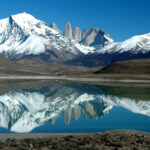
Experience the Magic of Patagonia
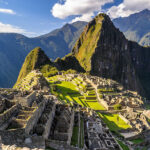
How Machu Picchu changed the World
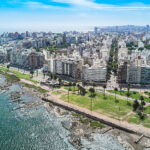
Uruguay, a Destination for Digital Nomads
